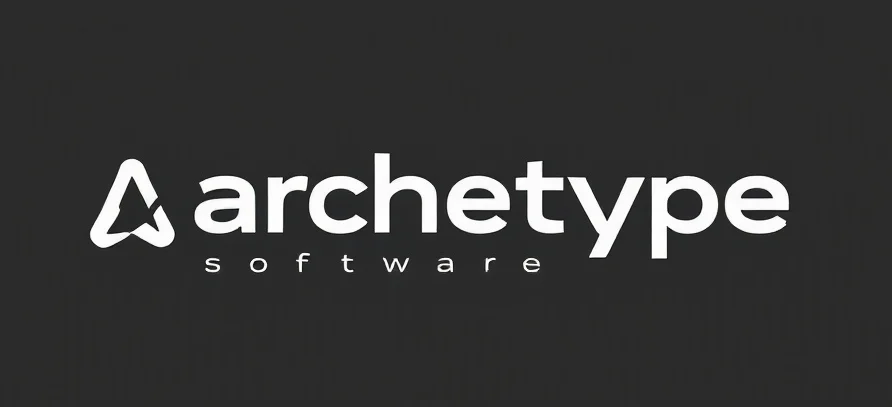Rethinking AI’s Role in Product Improvement
We’ve all been in that awkward meeting, right? The one where someone suggests AI as the magical fix-all for product design woes. But before we hand the keys over to our digital intern, let’s take a step back and examine its true role. If you’re curious about the nuances, check out this product improvement suggestions article for more insights.
The Myth of AI as an All-Knowing Architect
There’s a persistent myth that AI is some omnipotent architect, capable of designing perfect products from scratch. But the reality is, AI, like our trusty intern, excels when it has structure and guidance. It can analyze data at light speed, uncovering patterns and insights human eyes might miss. But it doesn’t replace the creative, intuitive leaps that define truly innovative design.
AI as a Catalyst, Not a Creator
Think of AI as the catalyst in a chemical reaction—not the main ingredient but essential for transformation. It reduces friction in areas like data analysis, user feedback synthesis, and iterative testing. This makes it invaluable for refining existing products and swiftly adapting to market changes. Yet, it’s not the visionary, not the Picasso or the Einstein of product design. That’s still us, the humans.
Bridging the Gap: The Human-AI Collaboration
The charm of AI is not in replacing humans but in augmenting our capabilities. It’s about striking a balance, letting AI handle the heavy lifting of data crunching while humans focus on strategic creativity. This human-AI partnership can lead to more responsive and adaptable products, ones that resonate better with user needs and expectations.
Actionable Steps for Integrating AI into Product Design
- Define Clear Objectives: Before deploying AI, be clear about what you want to achieve. Is it better pattern recognition, faster prototyping, or enhanced user feedback analysis?
- Iterate and Adapt: Use AI-driven insights to guide design iterations. Don’t be afraid to pivot based on what the data suggests, but ensure it aligns with human intuition and vision.
- Maintain Human Oversight: Remember, AI is an intern with potential, not the CEO. Keep a human in the loop to interpret results and make final decisions.
- Foster an AI-Friendly Culture: Encourage teams to embrace AI tools, providing training and fostering a culture of experimentation and learning.
In conclusion, the transformative potential of AI in product design lies not in its ability to replace human creativity but in its power to amplify it. Let’s embrace our digital intern, guide it with our expertise, and together create products that are not just functional but exceptional.
Checkout ProductScope AI’s Studio (and get 200 free studio credits)

